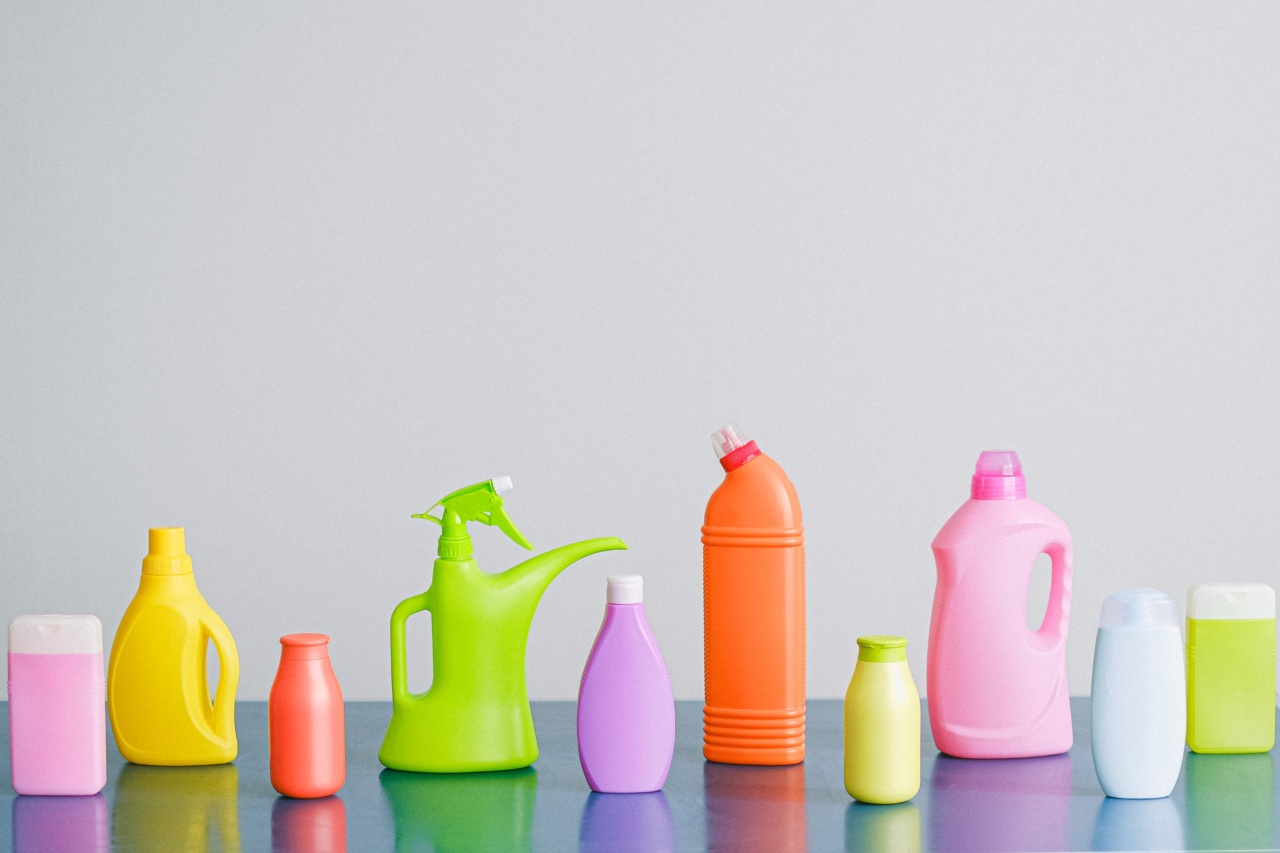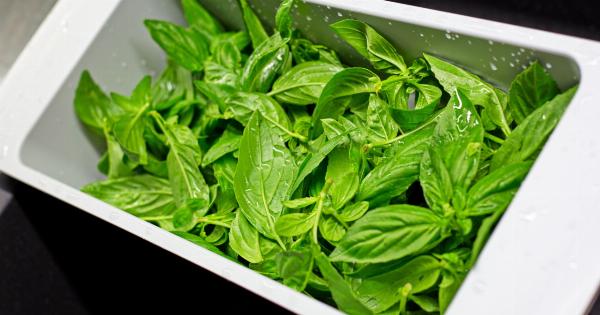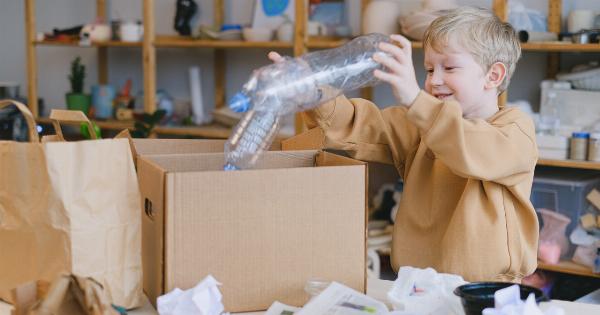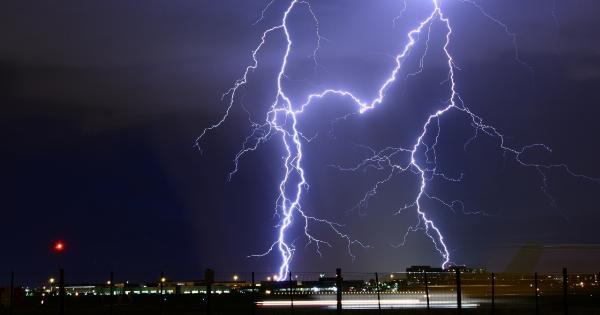It’s important to keep a clean and tidy home, but we often forget how the chemicals we use can impact the health of our children.
Some household chemicals contain substances that can be harmful to kids’ lungs, leading to long-term health problems and even respiratory illnesses. Understanding which household chemicals to avoid can help parents create a safer home environment for their children.
Chemicals to Watch Out for
Here are some of the most common household chemicals that can harm kids’ lungs:.
1. Air Fresheners
Air fresheners may seem like a quick fix for unpleasant odors, but they can actually damage kids’ lungs.
The chemicals in air fresheners can cause inflammation in the airways, which can lead to breathing difficulties, particularly in children with asthma.
2. Bleach
Bleach is a commonly used cleaning product, but it contains sodium hypochlorite, which can irritate the lungs and cause coughing and wheezing. It’s important to use caution when handling bleach and to ensure that the area is well-ventilated.
3. Cleaning Sprays
Cleaning sprays, including all-purpose cleaners and glass cleaners, often contain volatile organic compounds (VOCs). These chemicals can trigger asthma symptoms and lead to respiratory problems in kids.
4. Fabric Softeners
Fabric softeners contain a range of chemicals, including fragrances, that can irritate the lungs.
Some of the chemicals in fabric softeners are also environmental pollutants; they can stay in the air for a long time and contribute to indoor air pollution.
5. Mold and Mildew Removers
Mold and mildew removers can contain a range of chemicals, including bleach and ammonia, that can irritate the lungs. It’s important to use these products in a well-ventilated area and to follow the instructions carefully.
6. Non-Stick Cookware
Non-stick cookware contains perfluorinated compounds (PFCs), which can be harmful when inhaled. These compounds can cause lung damage and other respiratory problems.
7. Paint
Paints and paint strippers contain volatile organic compounds (VOCs) that can be harmful when inhaled. Children can be particularly vulnerable to these chemicals, which can cause asthma and other respiratory issues.
8. Pesticides
Pesticides are often used in and around the home, but they can be harmful to children’s lungs. Some pesticides contain irritants that can cause respiratory problems, while others may contain more harmful chemicals that can cause long-term damage.
9. Scented Candles
Scented candles contain a range of chemicals, including benzene and toluene, that can irritate the lungs. They can also emit particulate matter, which can be harmful when inhaled.
10. Tobacco Smoke
Tobacco smoke is a major cause of lung damage in children. Exposure to secondhand smoke can cause respiratory problems, including asthma, and increase the risk of developing lung cancer later in life.
Tips for Reducing Exposure to Harmful Chemicals
Here are some steps parents can take to reduce their children’s exposure to harmful chemicals:.
- Choose natural cleaning products instead of harsh chemicals.
- Open windows and doors to improve ventilation when using cleaning products or cooking with non-stick cookware.
- Use an air purifier to remove pollutants from the air.
- Don’t allow smoking in the home or around children.
- Regularly ventilate areas where mold or mildew may be present.
Conclusion
Keeping a clean and tidy home is important, but parents should also be mindful of the chemicals they use and how they can impact their children’s health.
By understanding which household chemicals to avoid and taking steps to reduce exposure, parents can help create a safer and healthier environment for their kids.































